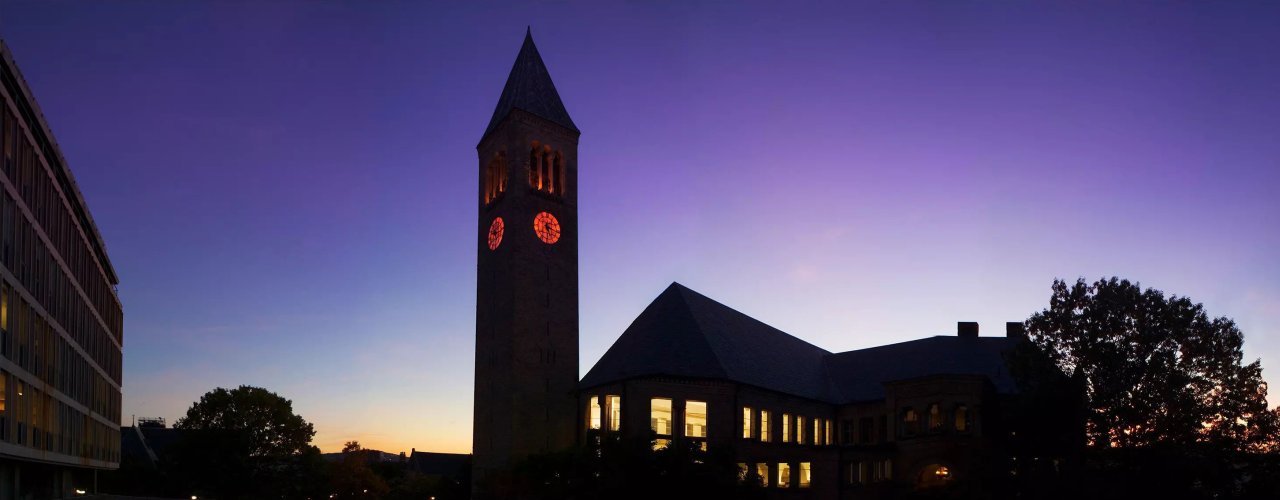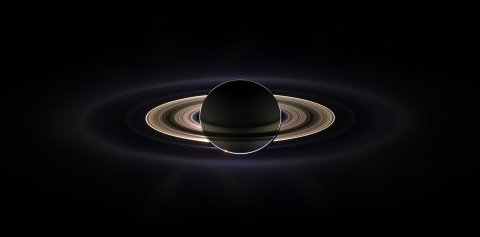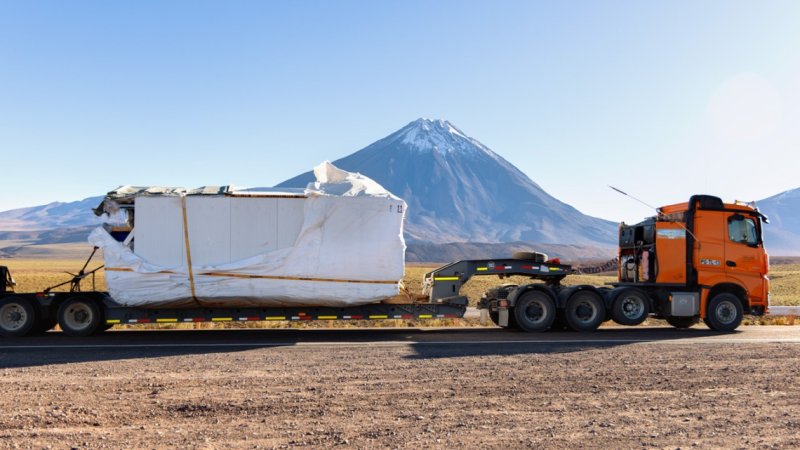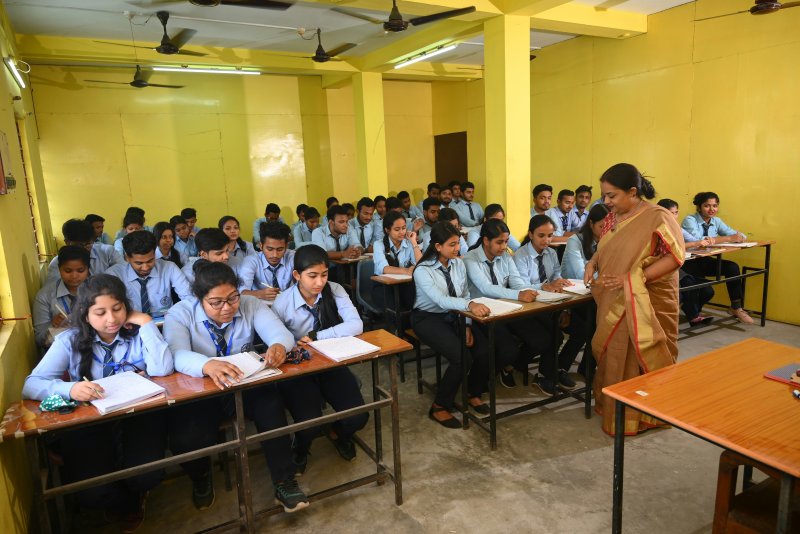International Research Drives Innovation in the U.S.
Collaboration Drives Research on the Universe
Phil Nicholson (Cornell University College of Arts and Sciences) helped lead the NASA-ESA-ASI Cassini mission to Saturn for nearly three decades. He forged international partnerships, mentored a new generation of U.S. scientists and engineers, and strengthened America’s role in global space exploration.
Jonas Biren (Cornell Engineering) collaborates with labs in Orléans, France, studying the radiative properties of molten rocks to better understand the composition and temperature of “lava worlds.” The research interprets NASA’s James Webb Space Telescope observations and improves models of planetary formation.
Cornell astronomers teamed with international researchers using Europe’s new LUMI-G supercomputer to simulate galaxy formation. Their breakthroughs will help decode data from major U.S.-funded telescopes like the Webb telescope and Vera Rubin Observatory.
Cornell leads the Planetary Origins and Evolution Multispectral Monochromator (POEMM) project, a NASA balloon mission to study how planetary systems form and deliver water to Earthlike worlds. Partners in the U.S., Europe, and Canada join forces to accelerate technological development in space science.
Cornell is building the Fred Young Submillimeter Telescope on Chile’s Atacama Plateau—the world’s highest, clearest site for astronomy. The project brings American leadership to global cosmic discovery, driving innovation across science and engineering.
Chronicle: Telescope Reaches Chilean Peak
Rocking Baby Care with AI
International PhD student Assaf Glazer (Cornell Tech) developed Nanit, the first-ever smart baby monitor that uses computer vision and machine learning algorithms. Nanit’s success brings cutting-edge innovation to parents and to hospitals tracking patients’ sleep. The company has grown rapidly, reaching over $100 million in sales and employing 140 people.
AI Tools for Teachers and Health Workers
Aditya Vashistha (Cornell Bowers Computing and Information Science) codesigned an AI lesson planner for teachers and a chatbot for frontline health workers in India—reaching thousands and scaling fast. Vashistha’s work in low-resource settings pilots new AI solutions for underserved U.S. communities.
Building Resilient Water Systems
Cornell Engineering researchers are partnering with rural Puerto Rican communities to design nature-based drinking water systems. The locally managed project models scalable, sustainable infrastructure solutions for vulnerable communities across the United States and its territories.
Next Up: Health | Return to: International Research Matters for the United States






